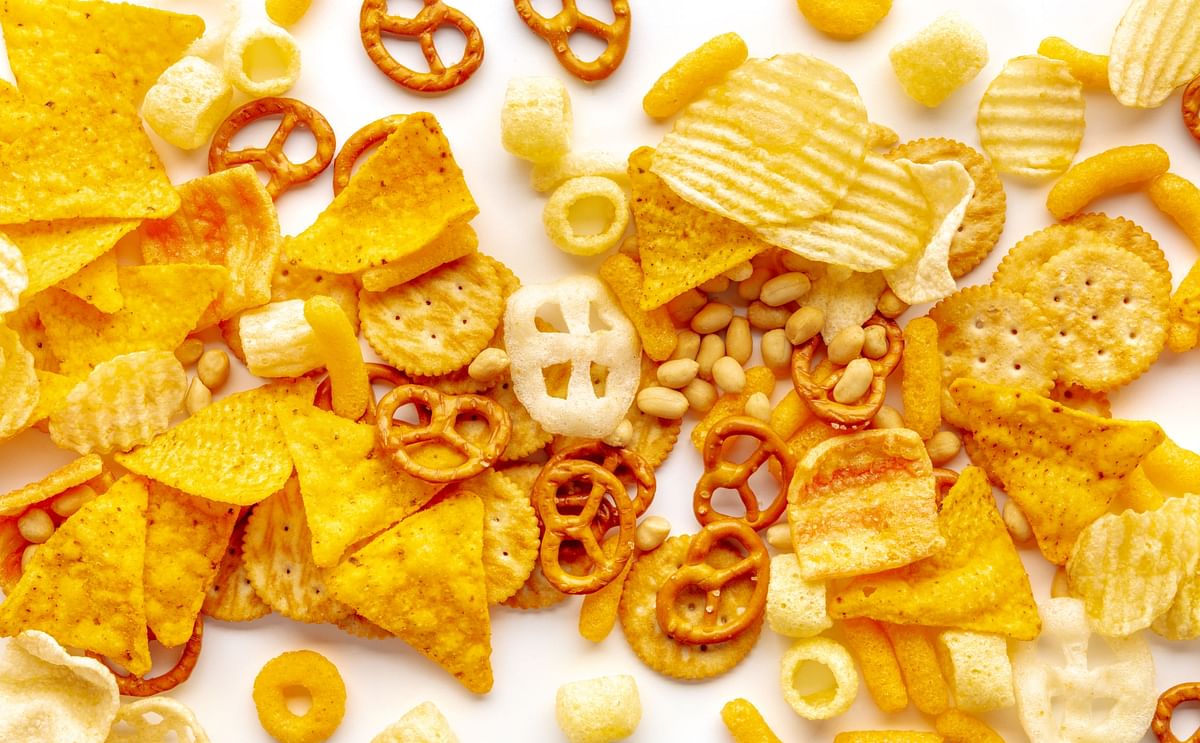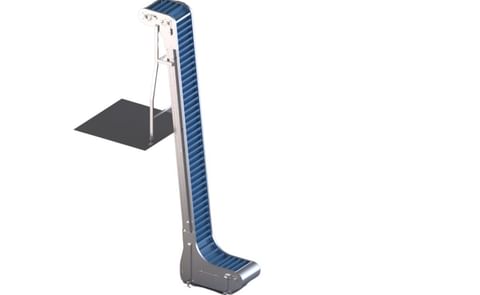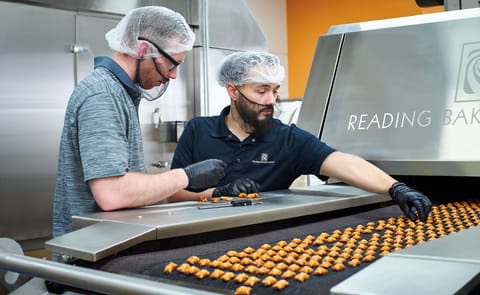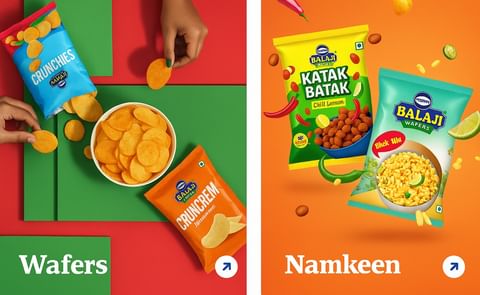Savory snacks, including potato and tortilla chips
How is Industry 4.0 revolutionizing the savory snacks sector?

The snacks industry is rapidly changing thanks to Industry 4.0. Every year, millions of tons of snacks of all kinds, from cookies and potato chips to nuts and chocolates, are produced. Global snack consumption has increased by over 2.5 million tons in the last two years.
The new technologies are enabling companies to enhance the efficiency, quality, and safety of their products, while also reducing costs and promoting sustainability.
The key technologies that are revolutionizing the snacks industry are:
- Internet of Things (IoT) enables real-time data collection and analysis on food production, quality, and safety. This information can be used to improve process efficiency, identify potential issues, and make better decisions.
- Robotics and Automation: Robots and automated systems are utilized to perform repetitive and dangerous tasks, increasing safety and production efficiency.
- Artificial Intelligence (AI): AI is used to enhance product quality and optimize production processes. For example, AI can be employed to customize products, adapt production processes to customer needs, and improve food safety.
- Blockchain: Blockchain technology allows tracking products throughout the entire supply chain. This helps ensure food safety and improve industry transparency.
- Virtual and Augmented Reality: Virtual and augmented reality are used to train workers and improve production efficiency. For instance, virtual reality can create virtual learning environments that enable workers to experience new situations and learn new skills without taking risks.
The Industry 4.0 technologies are having a significant impact on the snacks industry. TAV enables companies to enhance the efficiency, quality, safety, and sustainability of their products, leading to an increased demand for snacks from consumers.
Technology 4.0 in the Snacks Industry
Industry 4.0 is a term that refers to the fourth industrial revolution, characterized by the automation and interconnection of machines. In the food sector, Industry 4.0 is revolutionizing the way food is produced, processed, and distributed.
Big Data
One of the key features of a smart factory is the use of big data. Big data is a massive collection of data gathered from various sources such as sensors, machines, and mobile devices. These data can be analyzed to identify patterns and trends that can help improve production efficiency, quality, and safety.
In the food sector, companies implementing Industry 4.0 have integrated an intelligent system that analyzes the snack manufacturing process, learns from it, and automatically adjusts.
For example, the Gosync technology the company uses for snack transportation and distribution takes into account various established indicators such as product weight, density, speed, etc. As the product is transported, the system learns and controls the optimal quantities to maintain a consistent level and achieve better quality control.
Custom Manufacturing
Smart factories can produce customized goods that meet individual customer needs more cost-effectively. TAV uses a 3D design program that saves time and costs through its Ecodesign feature, which helps choose more sustainable materials, reducing material expenses and enhancing manufacturing efficiency.
Interconnectivity
Another key feature of a smart factory is interconnectivity. Machines and devices in a smart factory are interconnected, allowing operators to control and monitor production processes from anywhere.
Industry 4.0 is revolutionizing how snacks are flavored. Aroma equipment is an essential part of this revolution, as it can enhance the taste, texture, appearance, shelf life, and safety of snacks.
Uitgelichte Bedrijven
Producten















